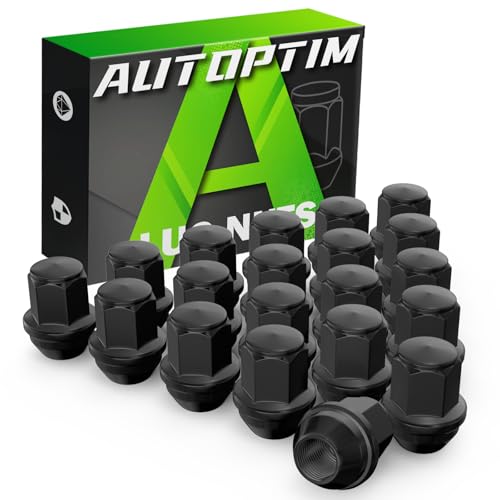- Joined
- Aug 27, 2021
- Messages
- 324
- Reaction score
- 120
- Location
- Williamsburg Virginia area
- My Car
- 1972 H code convert., 351C 2V, FMX, 9in., Ram air, Pwr Steering, Pwr Disc brakes, air-conditioning, 15" sport wheels, Ivy Glo w/white deluxe interior.
Understanding the fact that Bondo and other body filler makers are selling aluminum reinforced products, what are your thoughts?
Has anyone ever added other forms of reinforcing materials, other than fiberglass, to regular body fillers and if so, what?
I'm trying to figure a way around using fiberglass or fiberglass reinforced products given my history with them and the level of distress it causes. Seriously, I still feel "itchy" almost 50 years later, even at the mere thought of using them.
Possibly looking at iron filings but that would take away the antirust capabilities, could pose additional issues with being waterproof or just not mix in any way.
Also looked for stainless-steel powder, used in cold castings, as well so any thoughts/suggestions would be appreciated
One upside to an iron-based product is that it would be "magnetic" (maybe not the stainless steel but depends on the quality) and able to pass the magnet test.
Has anyone ever added other forms of reinforcing materials, other than fiberglass, to regular body fillers and if so, what?
I'm trying to figure a way around using fiberglass or fiberglass reinforced products given my history with them and the level of distress it causes. Seriously, I still feel "itchy" almost 50 years later, even at the mere thought of using them.
Possibly looking at iron filings but that would take away the antirust capabilities, could pose additional issues with being waterproof or just not mix in any way.
Also looked for stainless-steel powder, used in cold castings, as well so any thoughts/suggestions would be appreciated
One upside to an iron-based product is that it would be "magnetic" (maybe not the stainless steel but depends on the quality) and able to pass the magnet test.






















































